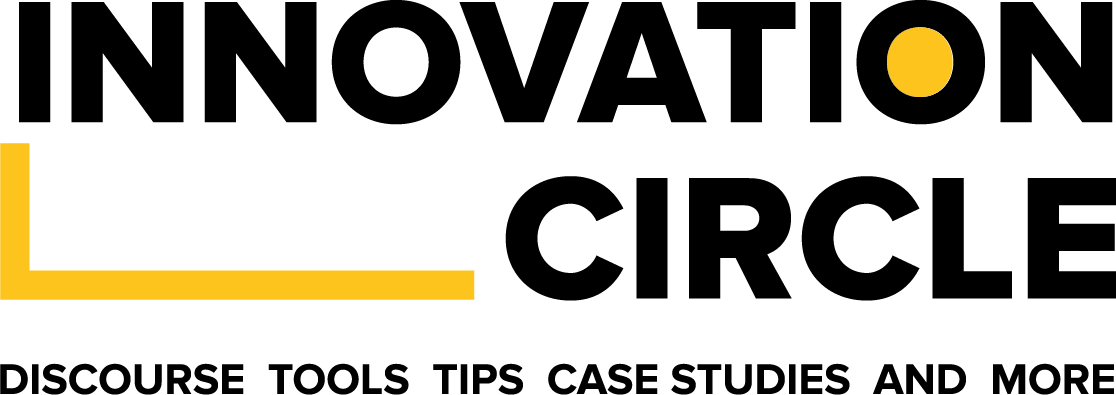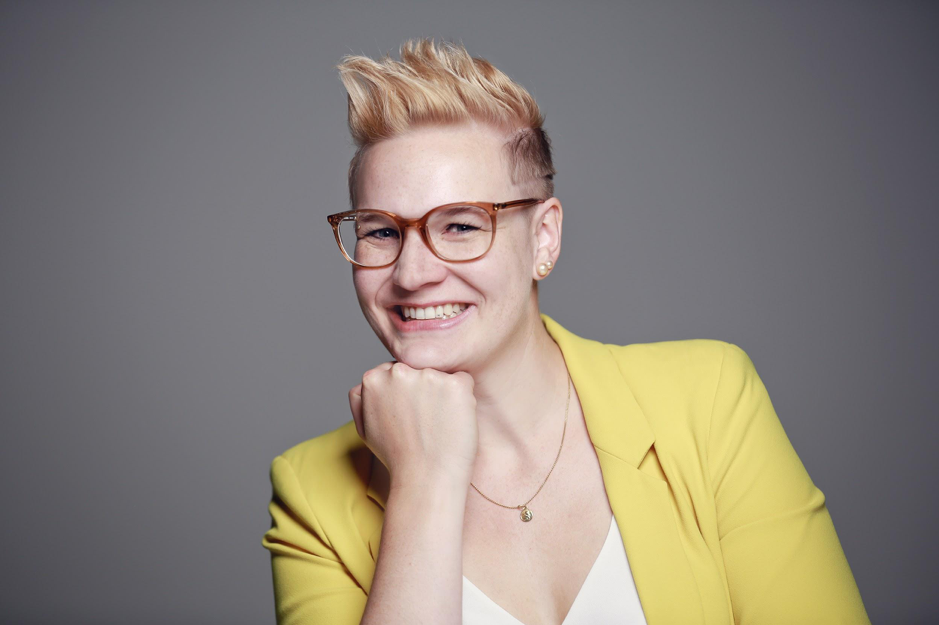
A conversation with Adriana Ruiz, Founder Agami Studio
In this incredibly enlightening conversation, Adriana Ruiz shared how companies can combine Design and Innovation to create great services that impact businesses, people and planet.
You’ve been running Agami Studio for almost half a decade now, what made you see the need to combine Design + Innovation?
To answer this question I’m going a bit back in time for context. My entire life has revolved around art thinking and design. I started with Innovation when I was in the UK in 2010. For the next 6 years, I researched and worked in consulting projects using Design + Innovation, most of them in the UK and very few in Costa Rica.
Returning to my home country and even in the early stages of Agami, I found a huge gap in the market regarding the practice of innovation. It was as if I spoke a totally different language when speaking about innovation as a process where people create value. In 2016, I decided to become an Entrepreneur in this area. So it’s been very interesting experiencing first hand the design of a value proposition for unmet needs that weren’t even recognized back then but I knew they existed based on my experience abroad.
Design and Innovation are just starting to bloom. Now, there is a tangible need in this part of the world to bring a holistic approach to value creation, and that’s where Design + Innovation comes in to do its magic.
“…there is a tangible need in this part of the world to bring a holistic approach to value creation.”
What areas do companies seeking to create value need to look into?
I think it depends on the region. In Latin America, most companies still follow a traditional approach to the competition, so most of them are swimming in red oceans. The first place these companies should look at is the unmet needs of their users. The majority still works with unvalidated insights, which is so risky. I’m positive that as soon as they start to invest in user research and align those insights into their company’s strategy, value will be created faster and with better use of their internal resources.
“The first place these companies should look at is the unmet needs of their users.”
Would you say companies have really done well in creating value for their customers and internal stakeholders? How so?
I’m quite critical when it comes to creating value for their customers and internal stakeholders. I find that as a society, we are at a place where the emerging future has to be considered when it comes to creating value for people. This has to be embedded in the innovation process and strategy. There are some companies that are shifting their purpose to a planetary level, but unfortunately, it’s not the majority.
“…as a society, we are at a place where the emerging future has to be considered when it comes to creating value for people.”
When you work with D+I (Design and Innovation), you are definitely applying a forward-thinking approach and pushing your imagination into the future as much as you can, creating future scenarios, understanding future needs the users will have in those scenarios. The value you design and plan to create, responds to this process.
I don’t see that practice happening as often enough to say companies have really done well in creating value. In fact, most companies still have to invest in upskilling and reskilling of your innovation team, for this forward-thinking approach to be visible in the value they create. When this becomes mainstream, then yes I can definitely say that they, as a whole, have done really well on creating value for all of their stakeholders.
You’ve served as a Service Design Professor and I know one of the projects you supervised was around sustainable service models. How would you say people in finance or healthcare can design their services to be sustainable?
Finance and Healthcare are two of the most important industries in our society. Keeping this in mind, designing sustainable services for them is a profound process. For any service to be sustainable you have to think on different levels. It has to be sustainable for the users, for the internal stakeholders, for the business model, and for the planet.
“For any service to be sustainable you have to think on different levels. It has to be sustainable for the users, for the internal stakeholders, for the business model, and for the planet.”
Start by understanding how each user learns, uses and remembers the services provided. Move on to explore how the internal stakeholders are creating value for their users in each of the stages. Map out the processes and the communication channels along the way. After that, be clear in how you will measure the value that will be created, recognising measurements that are qualitative and transformational. Last, and most importantly, visualise the impact the service model is having on our planet and aim for it to have a positive footprint. With all of these checked, they will have all the information they need to design their services to be truly sustainable.
Are there any frameworks you could share to help companies better design sustainable services?
Very happy to share some references. I use Keith Gothin’s Pentathlon Framework as a guiding compass for managing innovation. Tenny Pinheiro’s book “The Service Startup” has a whole toolbox for service design that’s super useful. Dean Spitzer’s book “Transforming Performance Measurement” provides a comprehensive guide to incorporating qualitative measurements to the business model. For the areas of understanding emerging futures, I love the Theory U methodology. It’s taught in MIT and you can learn about it online. It really works as an eyeopener to the world and strengthens trust and insight. Last but not least, any toolbox from D+I methodologies (Design Thinking, Human-Centred Design, Double Diamond) will complement the ones mentioned above.
Looking at how companies and other organisations are adapting design + innovation for value creation in Europe, Asia, Africa and North America where you are. Are there learnings you think could be adapted from one region and can be replicated for great results in the others?
It’s interesting, I see the exact needs I worked with 10 years ago starting to show up in companies around here. So yes, definitely learning can be adapted. Timing is key. In Latin America, specifically Central America, Innovation is a very new concept for companies to grasp. The speed in which you work innovation in Europe and in here is totally different. So learnings can be transferred, but the velocity in which value is created is not the same.
What #innovationmoment have you experienced in your career so far? (We define an #innovationmoment as something you’ve been a part of or have witnessed that has been incredibly life-changing and impactful to others) Can you share?
I have had the privilege of witnessing many moments where Design and Innovation impact others. The most fulfilling ones are where social innovation is involved. When you put people first and share learning spaces for others to develop their competencies. Their “aha” moments, when Design and Innovation start making sense, when they discover their creativity and how powerful these tools are for their communities. Those moments are priceless and fully lived with the heart.

